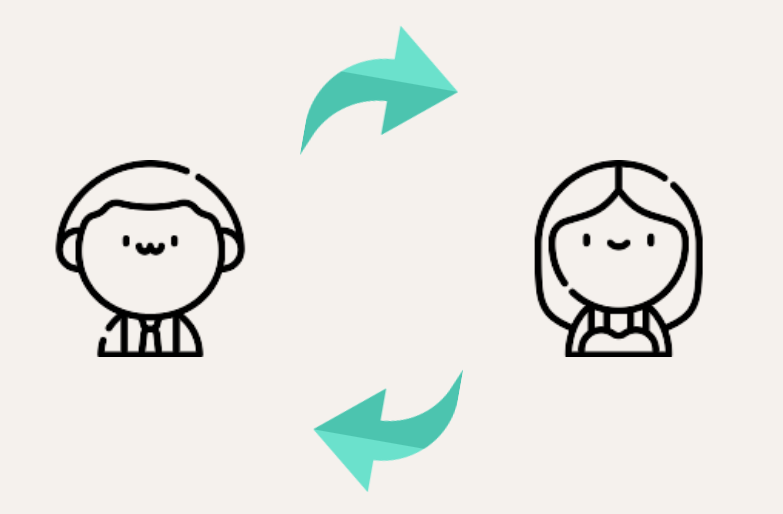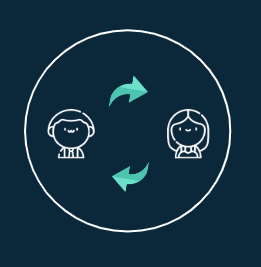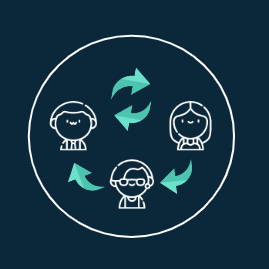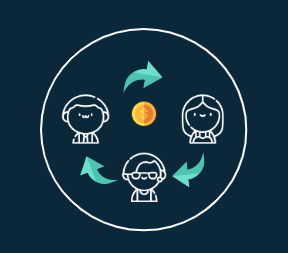What is first party data?

Last Updated on June 28, 2022 by Alexander Rydberg Ling
This article is a short summary what first party data is and how it differ from third- and second party.
First party data
First party data is the information obtained during direct interactions with your business, whether on your website, app, in-store, or over the phone. Just as it is called – the datat that is collected by first part!

Second party data
Not as commonly spoken about, it is data from a partner/source you know. Second party data has many similarities to first because it comes directly from the source who collected it – data is more precise then from an aggregated source. Partnerships and collaborations is the best way forward to get second party data.

Third party data
Lastly the hotly discussed topic – third party data. Third party data is from an aggregated source where data is collected from multiple sites and platforms. They collect this data by buying first part data from site, app etc owners.

So how do you gather first party data?
First interaction
The information obtained during direct interactions with your business, whether on your website, app, in-store, or over the phone, is referred to as first party data. Every interaction your consumer has with your company provides you with an opportunity to learn more about them and strengthen your relationship. That is why having the tools and consent to manage people’s data is critical. So, how do you go about doing that? To begin, consider the following information about site visitors:
Building a tagging infrastructure
Building a solid tagging infrastructure will allow you to make use of the information that visitors contribute when they engage with your website. Site-wide tagging methods can aid in the proper measurement of discussions by allowing you to set first-party cookies, using Google’s global site tag, Google Tag Manager, or others.
Users of mobile apps can also exchange first party data. A software development kit can be integrated into your mobile app. This will allow you to collect data from the actions users do within the app, such as downloading it.
Create partnerships
If the direct consumer model isn’t working, B2B partnership can enable you to engage with users directly and get first-party data. For example, if you’re a beauty company, you could try working with a subscription box vendor, such as Glossybox, to expand your audience and collect data.
So, what are the most important takeaways?
Utilize first-party data from your website visitors and mobile apps to learn more about how people interact with your company and how you can improve it.
Partnerships and business-to-business ties can help you expand your reach and capitalize on first-party data insights.
The essential point is that if you can display more tailored adverts, your users will believe that what they’re viewing is more useful and relevant to them. The idea is that the more value and relevance your advertising provides, the more likely your users are to respond positively.
For more info download our guide about First Part Data Strategy!